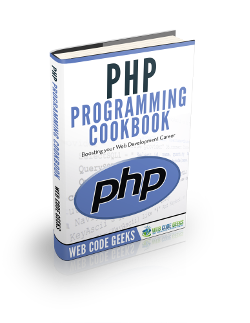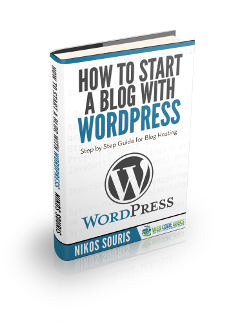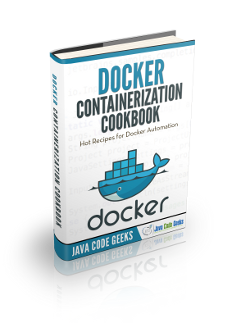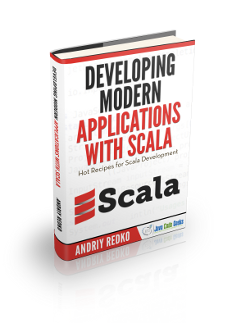Download Dev Guides!

PHP is a server-side scripting language designed for web development but also used as a general-purpose programming language. Originally created by Rasmus Lerdorf in 1994, the PHP reference implementation is now produced by The PHP Group. PHP originally stood for Personal Home Page, but it now stands for the recursive backronym PHP: Hypertext Preprocessor. PHP code may be embedded into HTML code, or it can be used in combination with various web template systems, web content management systems and web frameworks. PHP code is usually processed by a PHP interpreter implemented as a module in the web server or as a Common Gateway Interface (CGI) executable. The web server combines the results of the interpreted and executed PHP code, which may be any type of data, including images, with the generated web page.
| |
|

Blogging has surged in popularity in recent years. Companies and individuals are using blogging in order to express their voices and connect with their audience. Most of this is performed on the popular WordPress platform. WordPress is a free and open-source content management system (CMS) based on PHP and MySQL. Features include a plugin architecture and a template system. WordPress was used by more than 23.3% of the top 10 million websites as of January 2015. WordPress is the most popular blogging system in use on the Web, at more than 60 million websites. Web Code Geeks recommend using WordPress as your publishing platform. We have been using it with great success for several years now. This short guide will help you start your own blog with WordPress. It will get you up to speed to quickly launch your personal or company blog!
| |
|

Docker is the world’s leading software containerization platform. Docker containers wrap a piece of software in a complete file system that contains everything needed to run: code, runtime, system tools, system libraries – anything that can be installed on a server. This guarantees that the software will always run the same, regardless of its environment. Docker provides an additional layer of abstraction and automation of operating-system-level virtualization on Linux. Docker uses the resource isolation features of the Linux kernel such as cgroups and kernel namespaces, and a union-capable file system such as OverlayFS and others to allow independent “containers” to run within a single Linux instance, avoiding the overhead of starting and maintaining virtual machines. In this ebook, we provide a compilation of Docker examples that will help you kick-start your own automation projects. We cover a wide range of topics, from installation and configuration, to DNS and commands. With our straightforward tutorials, you will be able to get your own projects up and running in minimum time.
 |
| |
|

Scala is a general-purpose programming language. It has full support for functional programming and a very strong static type system. Designed to be concise, many of Scala’s design decisions were inspired by criticism of Java’s shortcomings. Scala source code is intended to be compiled to Java bytecode, so that the resulting executable code runs on a Java virtual machine. Java libraries may be used directly in Scala code and vice versa (language interoperability). Like Java, Scala is object-oriented, and uses a curly-brace syntax reminiscent of the C programming language. Unlike Java, Scala has many features of functional programming languages like Scheme, Standard ML and Haskell, including currying, type inference, immutability, lazy evaluation, and pattern matching. It also has an advanced type system supporting algebraic data types, covariance and contravariance, higher-order types (but not higher-rank types), and anonymous types. Other features of Scala not present in Java include operator overloading, optional parameters, named parameters, raw strings, and no checked exceptions.
 |
| |
|
|
|